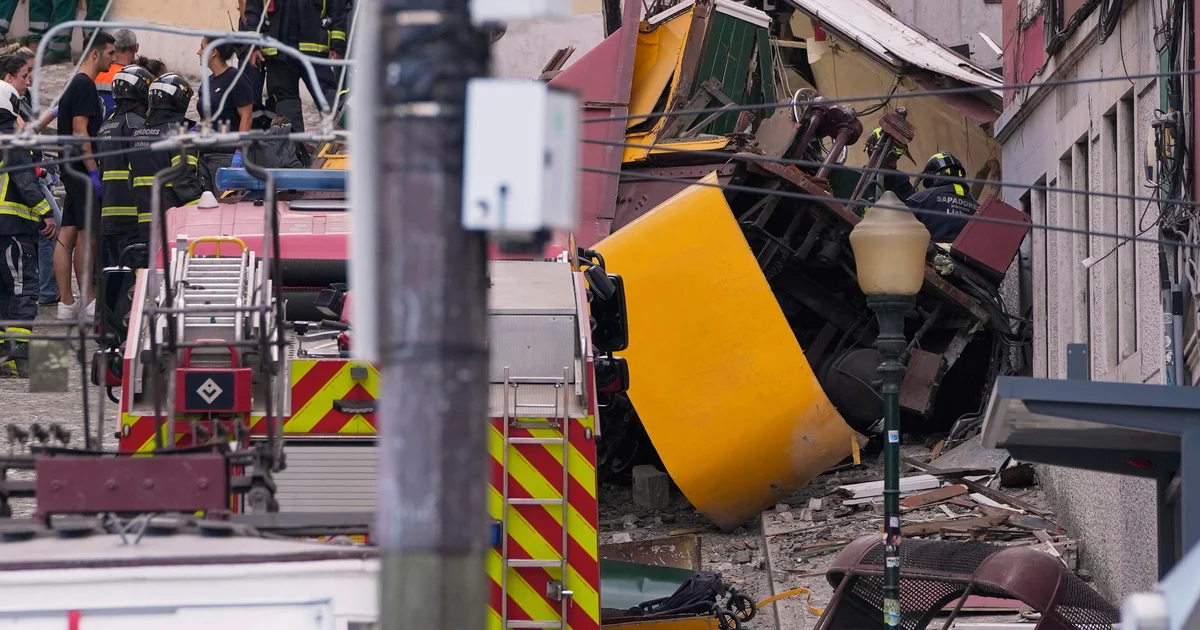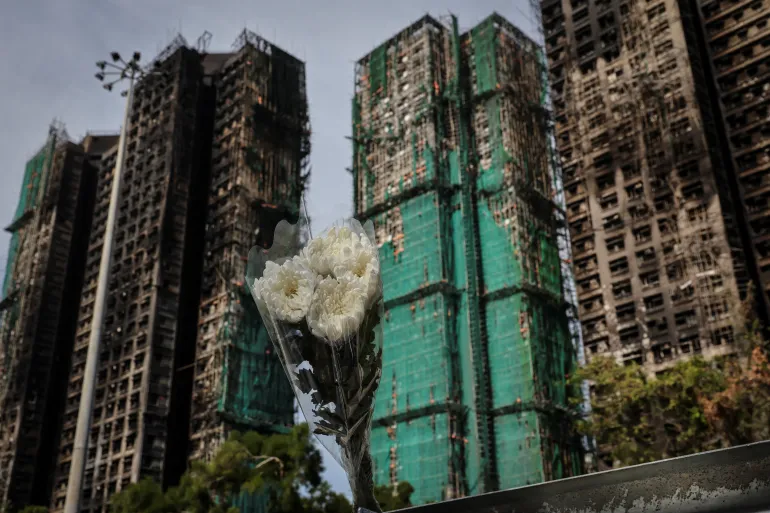In the early evening rush hour, a beloved Lisbon landmark turned into a scene of horror and mourning. A historic funicular tram, the Elevador da Glória, lost control and crashed into a building after hurtling down the steep hill. The disaster claimed 16 lives and left 23 others injured, many in critical condition. It has since been declared one of the city’s worst accidents in recent history.
A Crash That Shook the World
Authorities confirmed that only five of the victims were Portuguese citizens, while the others came from across the globe. Among the dead were visitors from South Korea, Switzerland, France, the United States, Canada, the United Kingdom, Germany, and Ukraine. The injured included citizens of Spain, Israel, Brazil, Italy, and more.
One of the youngest victims was a three-year-old child, highlighting the devastating impact on families and tourists alike.
Fatalities by nationality included:
- Portugal: 5
- United Kingdom: 3
- South Korea: 2
- Switzerland: 2
- France: 1
- United States: 1
- Canada: 1
- Ukraine: 1
How the Crash Happened
The tragedy struck at approximately 6:05 p.m. local time. Witnesses described the tram accelerating uncontrollably before crashing into a building. Survivors said the carriage folded in on itself “like a cardboard box.”
Preliminary investigations suggest a cable failure may have caused the brakes to give way. Though the operator, Carris, insisted that inspections and maintenance had been performed—including one earlier the same day—early reports indicate workers had previously raised concerns about cable tension and mechanical stress.
Mourning and National Shock
The Portuguese government declared a national day of mourning following the disaster. Flags were flown at half-mast, and memorial services were attended by both government officials and grieving families. The tragedy has united the nation in grief while raising urgent questions about safety standards.
Lisbon’s Historic Landmark Under Scrutiny
The Elevador da Glória, first opened in 1885 and electrified in 1915, is not just a means of transport but a cultural treasure. Recognized as a National Monument, it has carried countless locals and tourists up and down Lisbon’s steep hills.
In the aftermath of the crash, authorities suspended service on all historic funiculars in Lisbon to carry out urgent safety inspections. The decision reflects growing debate over whether historic charm and heritage preservation have overshadowed modern safety needs.
What Comes Next
The government has ordered a technical investigation, with a preliminary report expected soon and a full police inquiry within 45 days. The probe will examine maintenance records, structural integrity, and the possibility of oversight failures.
Experts believe the tragedy may force a rethink of how historic transportation systems are managed, not only in Portugal but in other tourist cities with aging infrastructure.
A Shared Loss
The Lisbon funicular crash was not just a national tragedy but an international one. Families from around the world are grieving their loved ones, united by a disaster that cut across borders and cultures.
What should have been a simple evening ride on a world-famous tram became a heartbreaking catastrophe—one that will likely change how Portugal, and perhaps the world, approaches the safety of historic transport systems.
















Leave a Reply